1909 marked the appearance of Harley-Davidson’s first v-twin, though it was not until the adoption of mechanically operated inlet valves in 1911 (replacing the ‘atmospheric’ type inherited from the single) that production really took off. Known by the soubriquet ‘pocket valve’, this ‘F-head’ (inlet-over-exhaust) engine - built in 61ci and 74ci capacities (1,000cc and 1,200cc respectively) - would remain in production for the next 20 years. The Harley single’s transmission arrangements - direct drive by means of a leather belt - were continued at first on the twin, but the need to make better use of the engine’s power characteristics, particularly for sidecar pulling, prompted the introduction of a two-speed rear hub for 1914, by which time chain drive and a proper clutch had been adopted. Later that same year a conventional, three-speed, sliding-gear transmission with ‘step starter’ was introduced on the top-of-the-range version of the twin which, with full electrical equipment, was listed from now on as the Model J. Periodically revised and up-dated, the Model J had gained a front brake, stronger fork and pumped lubrication by the time production ceased in 1929. The machine we offer has been restored in the style of a board track racer. Board track racing became popular in the USA in the early 20th Century, when purpose-built tracks sprang up catering for both cars and motorcycles. The racing was spectacular and often dangerous – there were numerous fatal accidents – but what eventually led to its decline was the expense of maintenance and relocation, and the sporting scene shifted to horseracing dirt ovals. This fascinating motorcycle features a frame of the kind first adopted by Harley-Davidson for its works racers in 1916. Known as the ‘keystone’ type, this chassis used a pair of plates instead of a conventional lower loop, thus enabling the engine to function as a stressed member. These rigid frames had the engine slightly offset to the left to assist cornering on the bankings and were in common use from 1916 to 1925. The engine itself incorporates an overhead-valve conversion of unknown origin and date, although the 1930s seems most likely. This replaces the standard ‘F-head’ top end of the J-Type Harley, although it is interesting to note that the timing-side crankcase does not have the fore-and-aft tappet disposition typical of the early, single-cam ‘J’, but the side-by-side arrangement used in some of the two-cam, 8-valve racers. The vendor advises us that the engine has a compression ratio of 5.0:1 and a bore/stroke of 3”x3.5” for a cubic capacity of 811cc. The engine restoration includes a new crankpin, rollers and races; pistons and gudgeon pins; plus newly re-bored barrels. Fully finished and running, the machine is offered with a Roy Bacon dating certificate.
1909 marked the appearance of Harley-Davidson’s first v-twin, though it was not until the adoption of mechanically operated inlet valves in 1911 (replacing the ‘atmospheric’ type inherited from the single) that production really took off. Known by the soubriquet ‘pocket valve’, this ‘F-head’ (inlet-over-exhaust) engine - built in 61ci and 74ci capacities (1,000cc and 1,200cc respectively) - would remain in production for the next 20 years. The Harley single’s transmission arrangements - direct drive by means of a leather belt - were continued at first on the twin, but the need to make better use of the engine’s power characteristics, particularly for sidecar pulling, prompted the introduction of a two-speed rear hub for 1914, by which time chain drive and a proper clutch had been adopted. Later that same year a conventional, three-speed, sliding-gear transmission with ‘step starter’ was introduced on the top-of-the-range version of the twin which, with full electrical equipment, was listed from now on as the Model J. Periodically revised and up-dated, the Model J had gained a front brake, stronger fork and pumped lubrication by the time production ceased in 1929. The machine we offer has been restored in the style of a board track racer. Board track racing became popular in the USA in the early 20th Century, when purpose-built tracks sprang up catering for both cars and motorcycles. The racing was spectacular and often dangerous – there were numerous fatal accidents – but what eventually led to its decline was the expense of maintenance and relocation, and the sporting scene shifted to horseracing dirt ovals. This fascinating motorcycle features a frame of the kind first adopted by Harley-Davidson for its works racers in 1916. Known as the ‘keystone’ type, this chassis used a pair of plates instead of a conventional lower loop, thus enabling the engine to function as a stressed member. These rigid frames had the engine slightly offset to the left to assist cornering on the bankings and were in common use from 1916 to 1925. The engine itself incorporates an overhead-valve conversion of unknown origin and date, although the 1930s seems most likely. This replaces the standard ‘F-head’ top end of the J-Type Harley, although it is interesting to note that the timing-side crankcase does not have the fore-and-aft tappet disposition typical of the early, single-cam ‘J’, but the side-by-side arrangement used in some of the two-cam, 8-valve racers. The vendor advises us that the engine has a compression ratio of 5.0:1 and a bore/stroke of 3”x3.5” for a cubic capacity of 811cc. The engine restoration includes a new crankpin, rollers and races; pistons and gudgeon pins; plus newly re-bored barrels. Fully finished and running, the machine is offered with a Roy Bacon dating certificate.
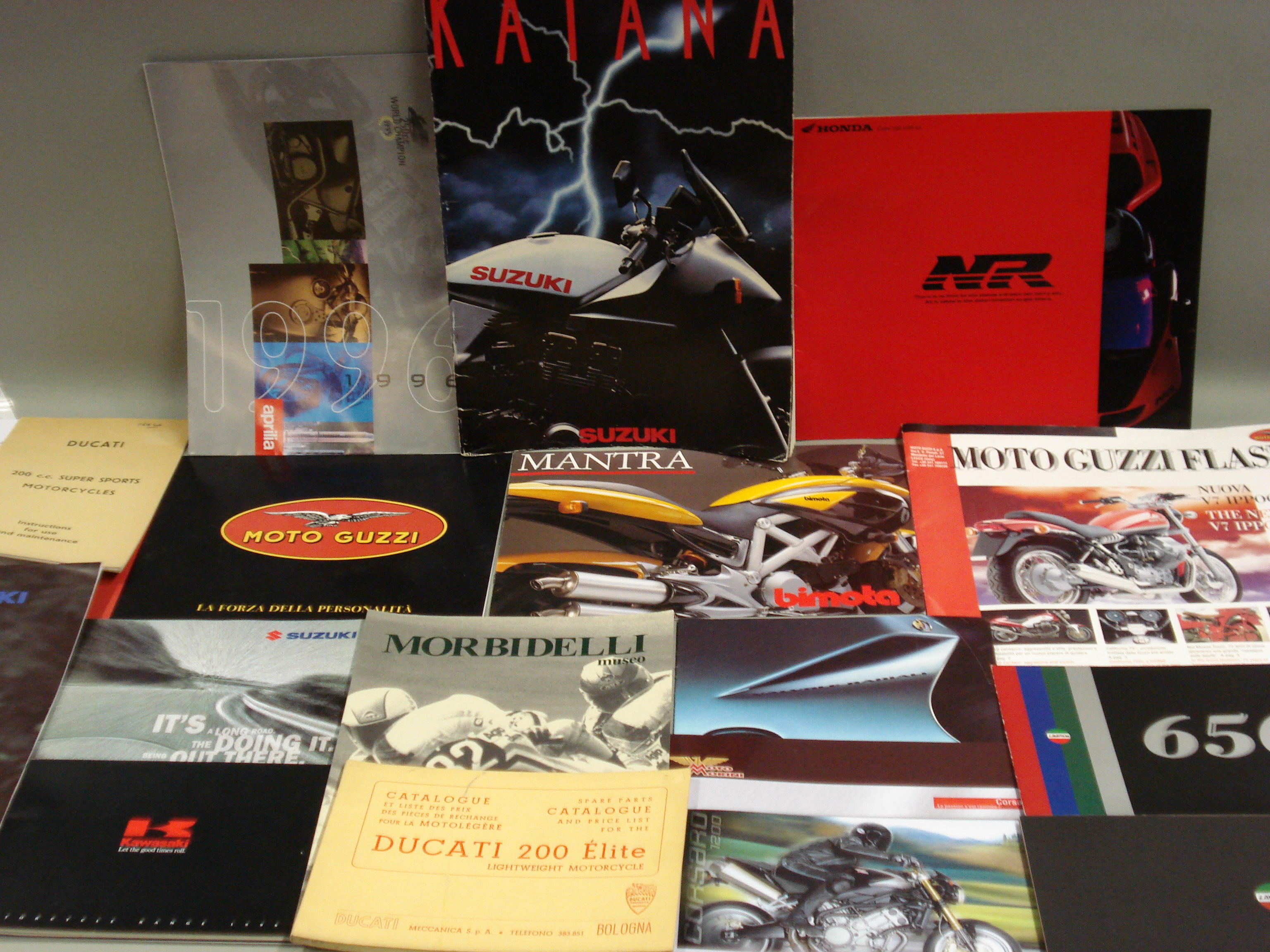
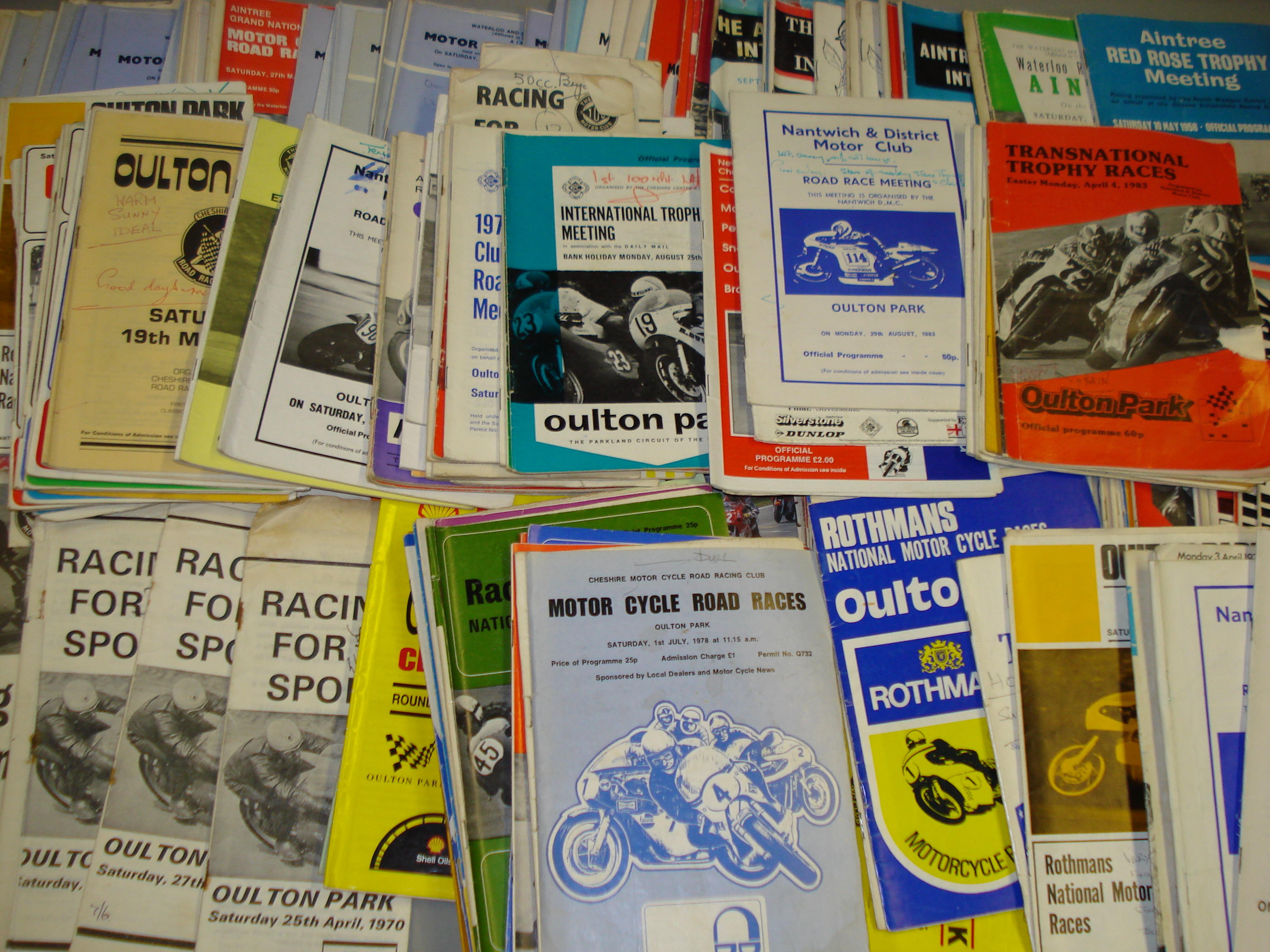
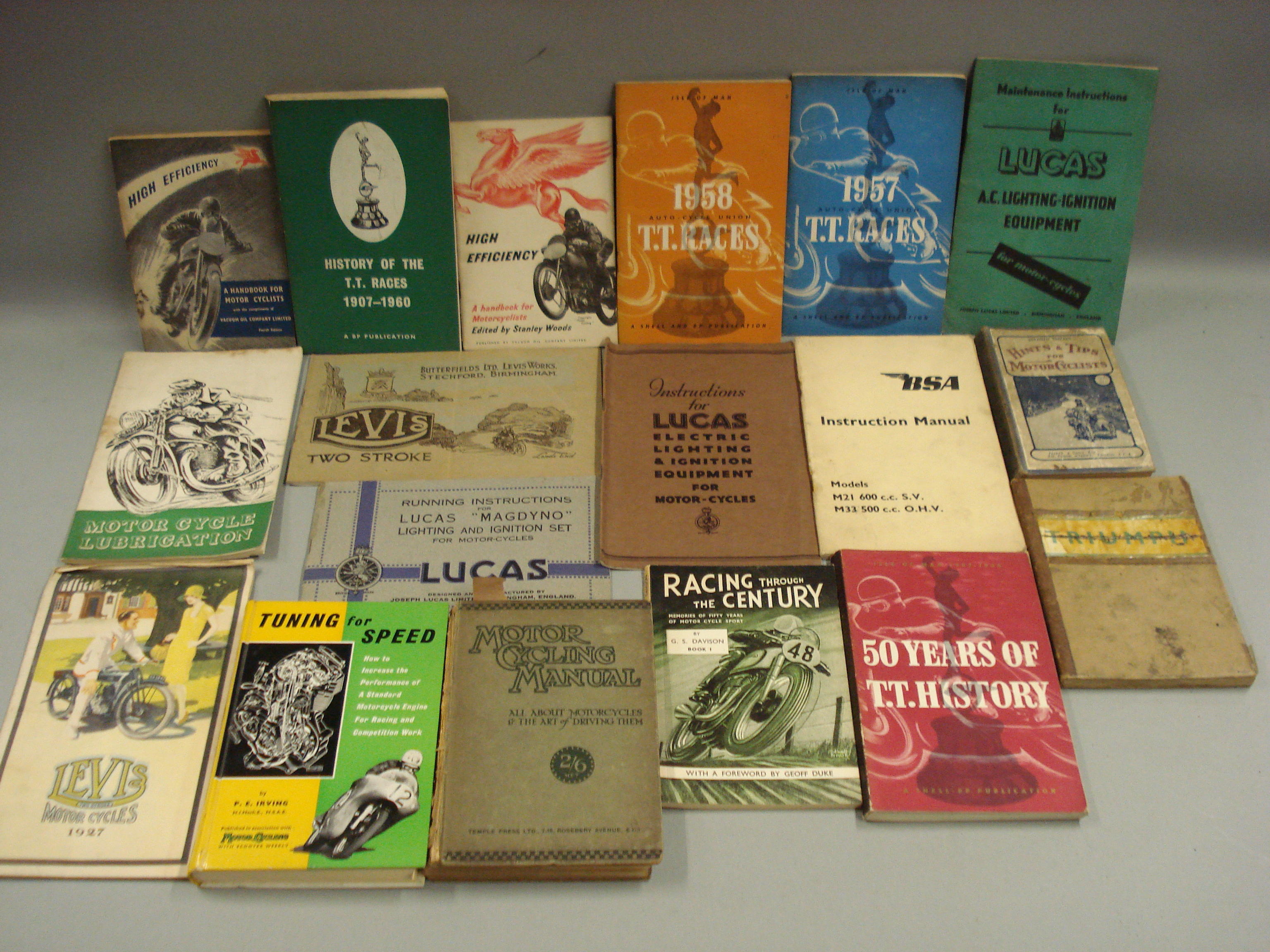
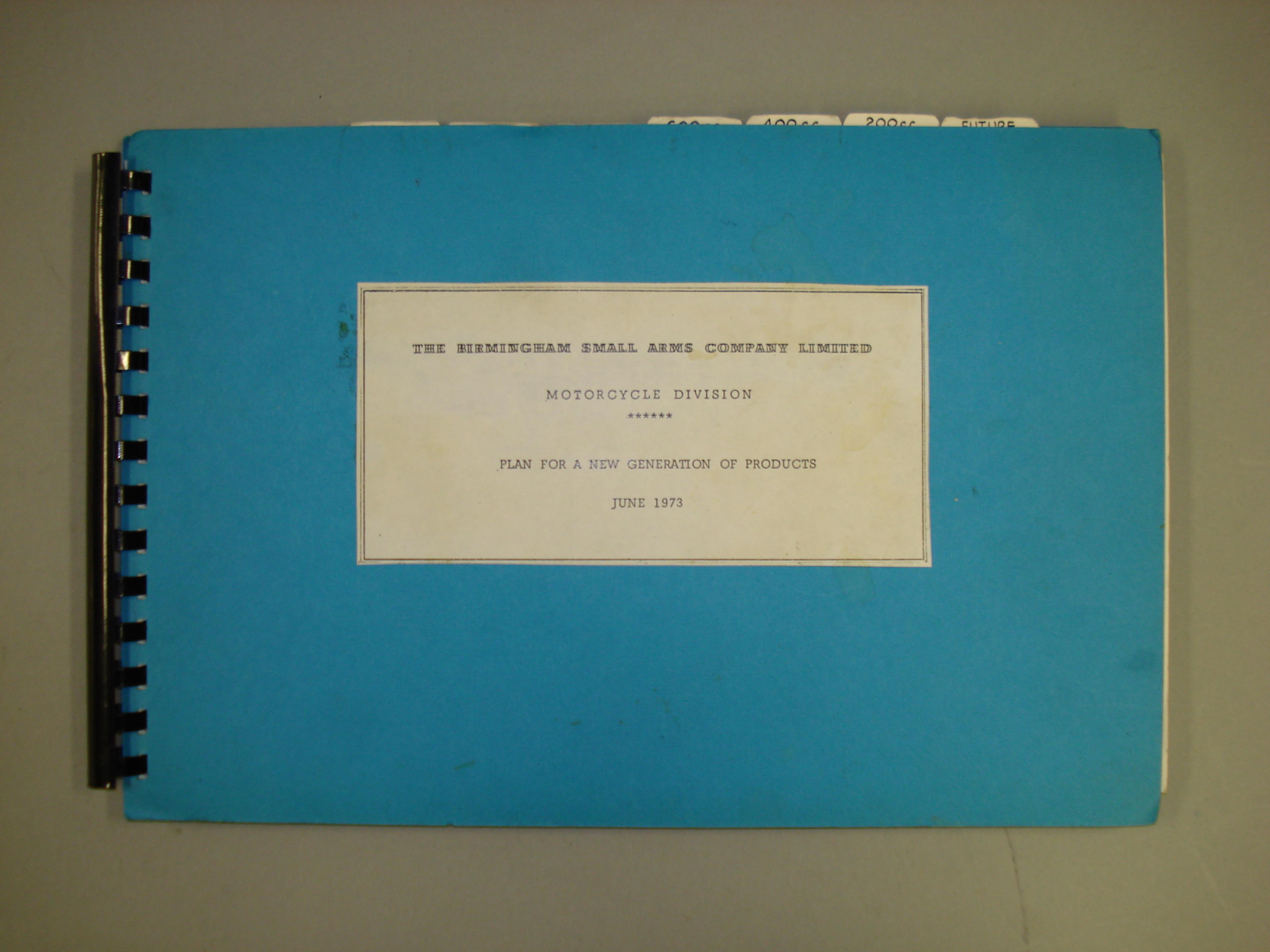
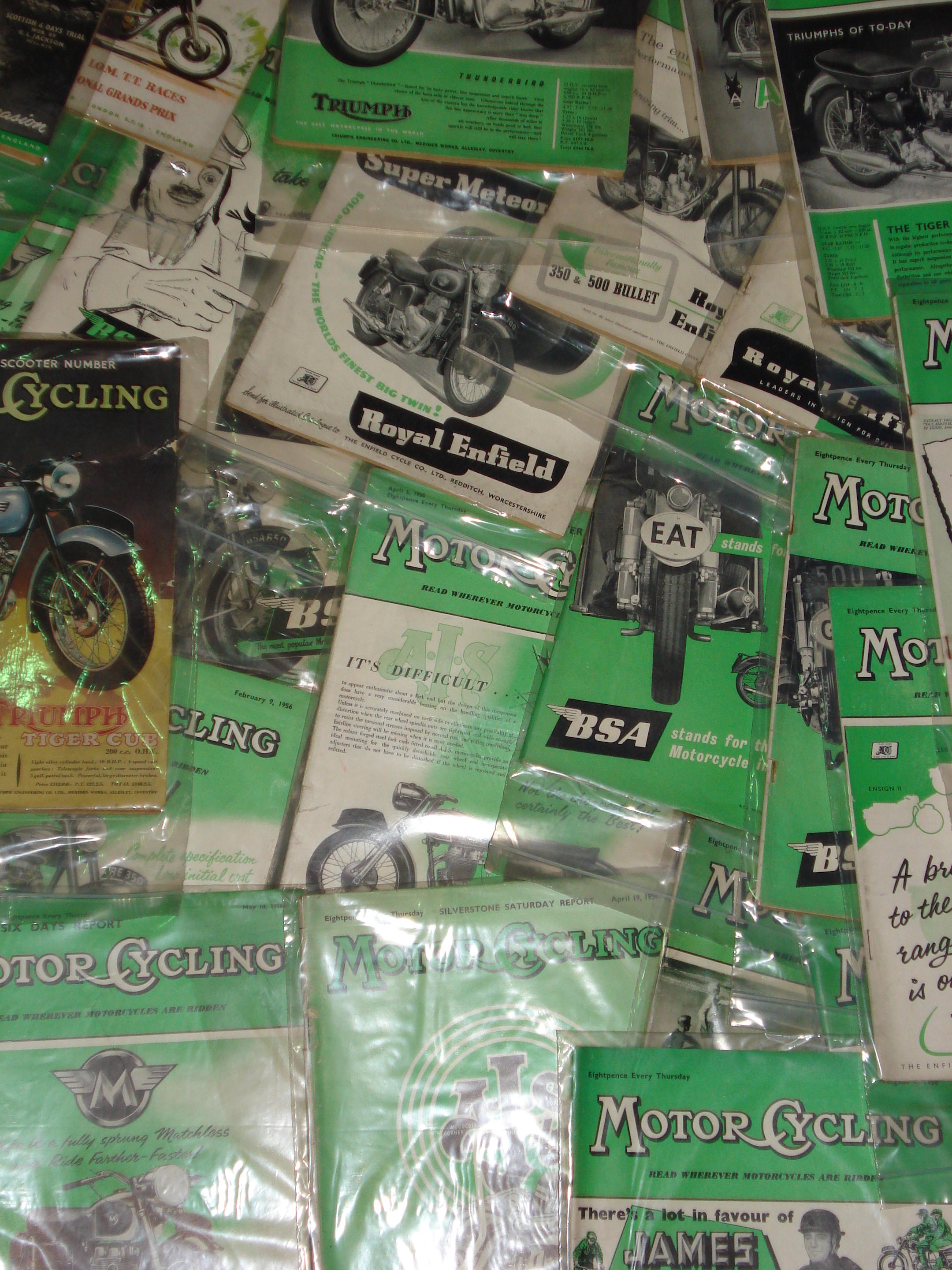

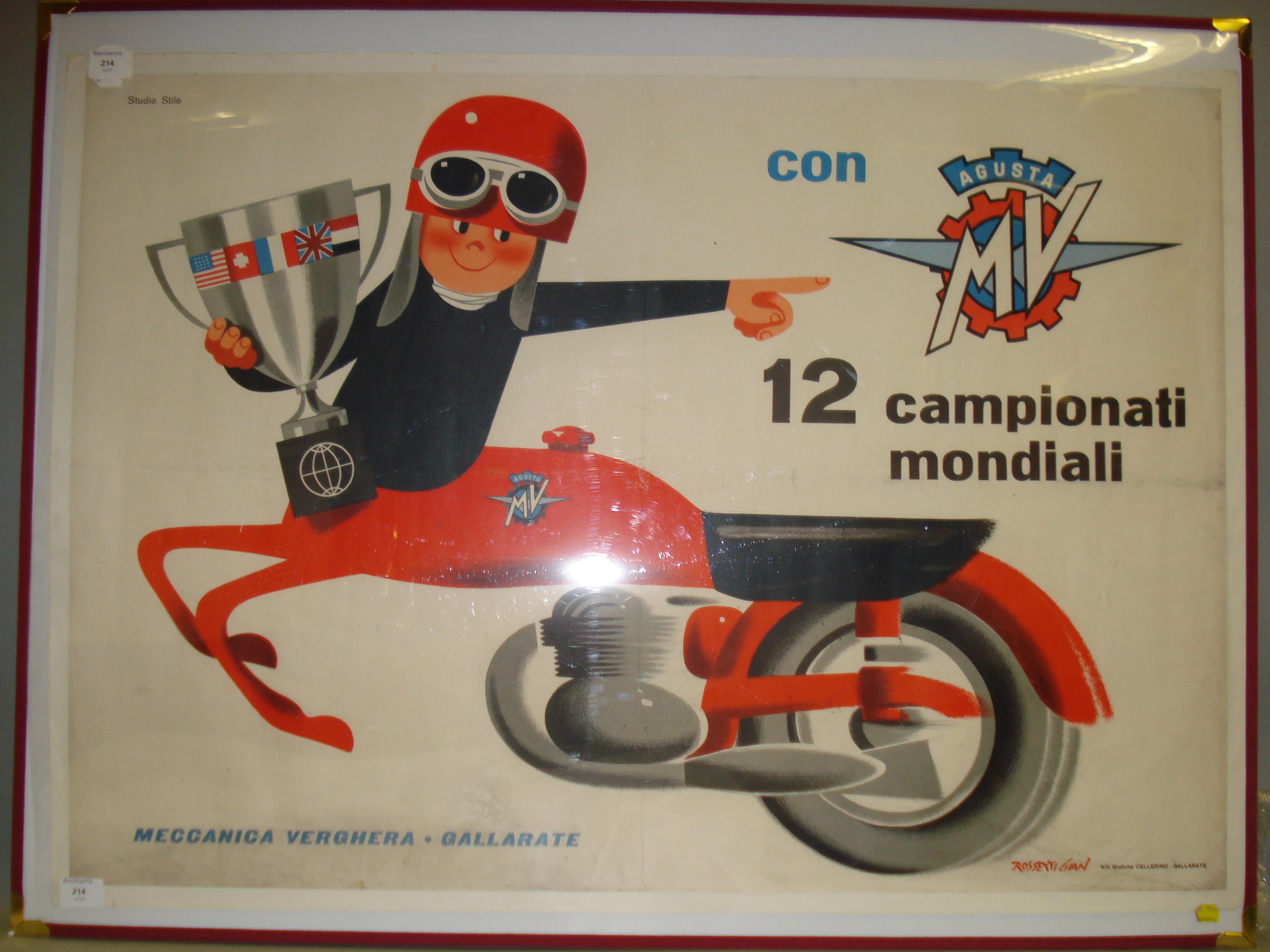
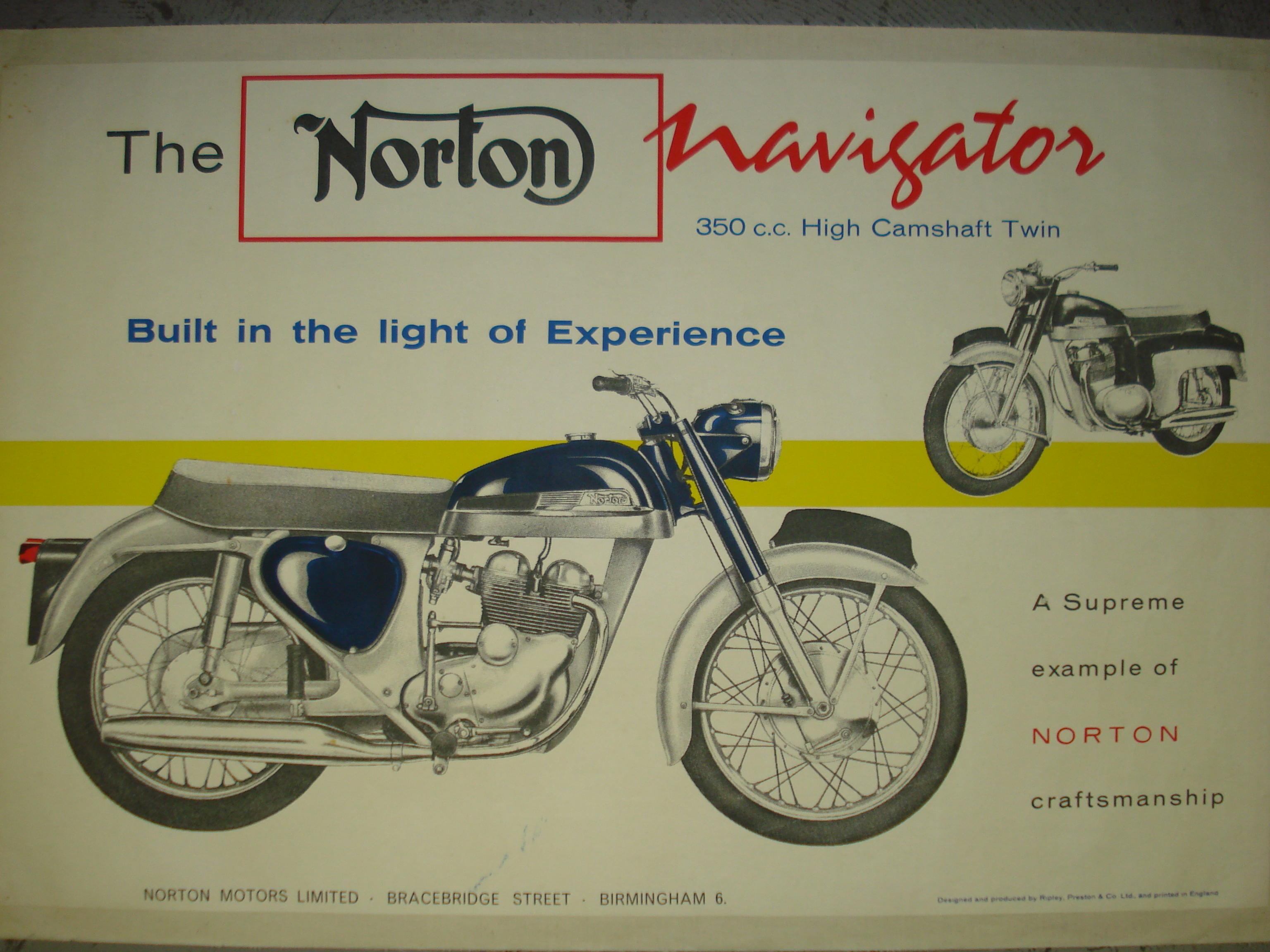
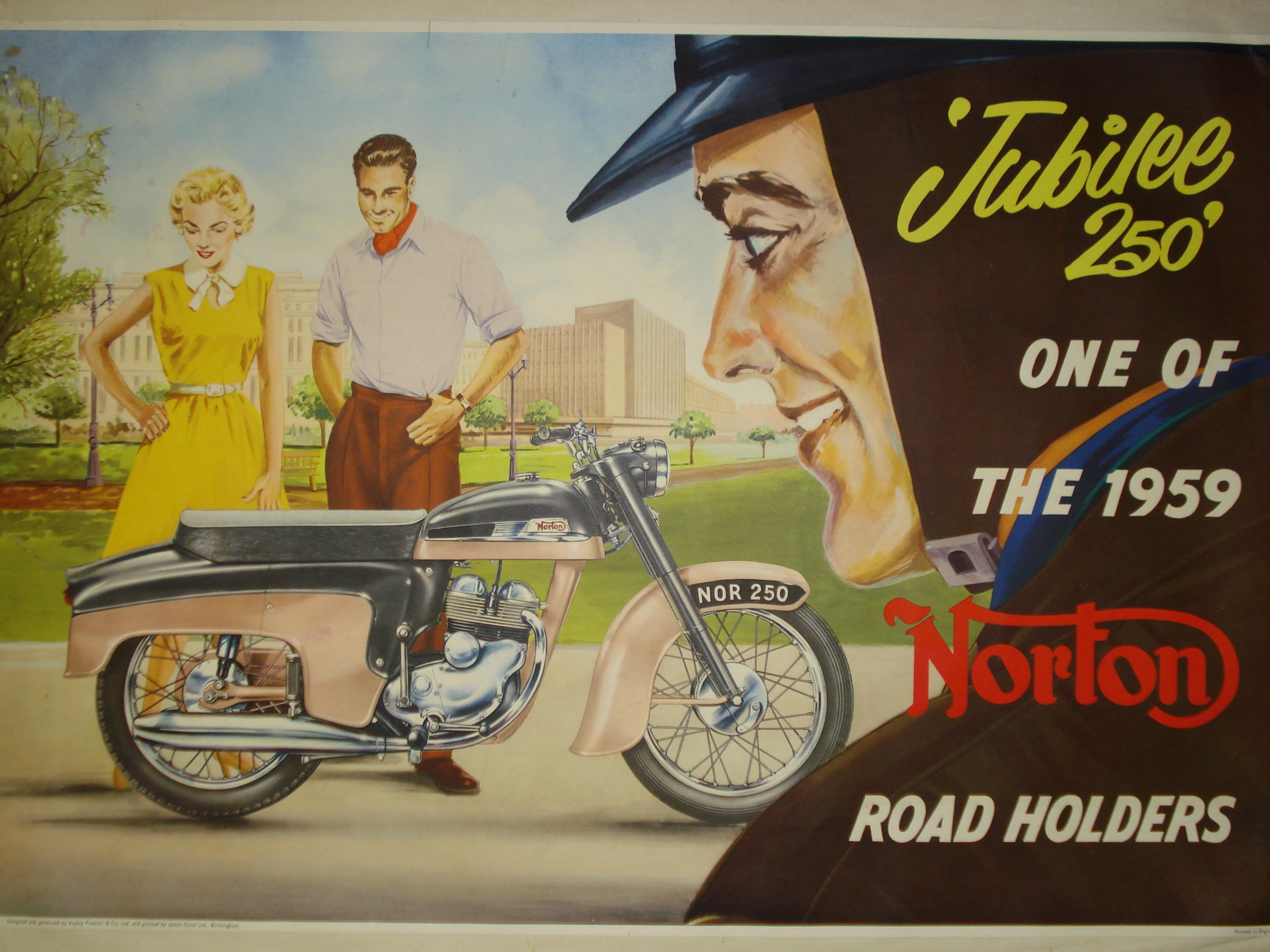

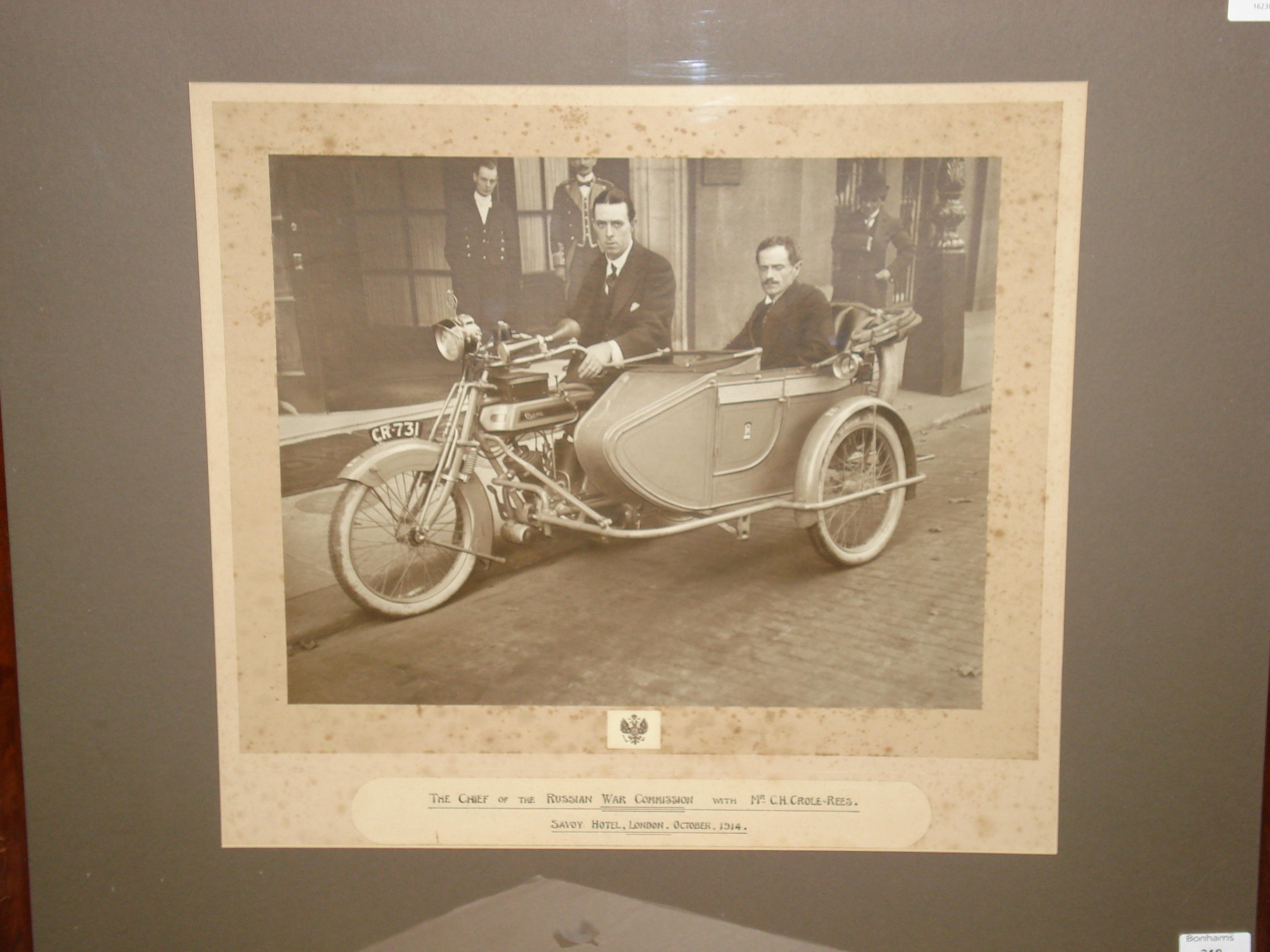
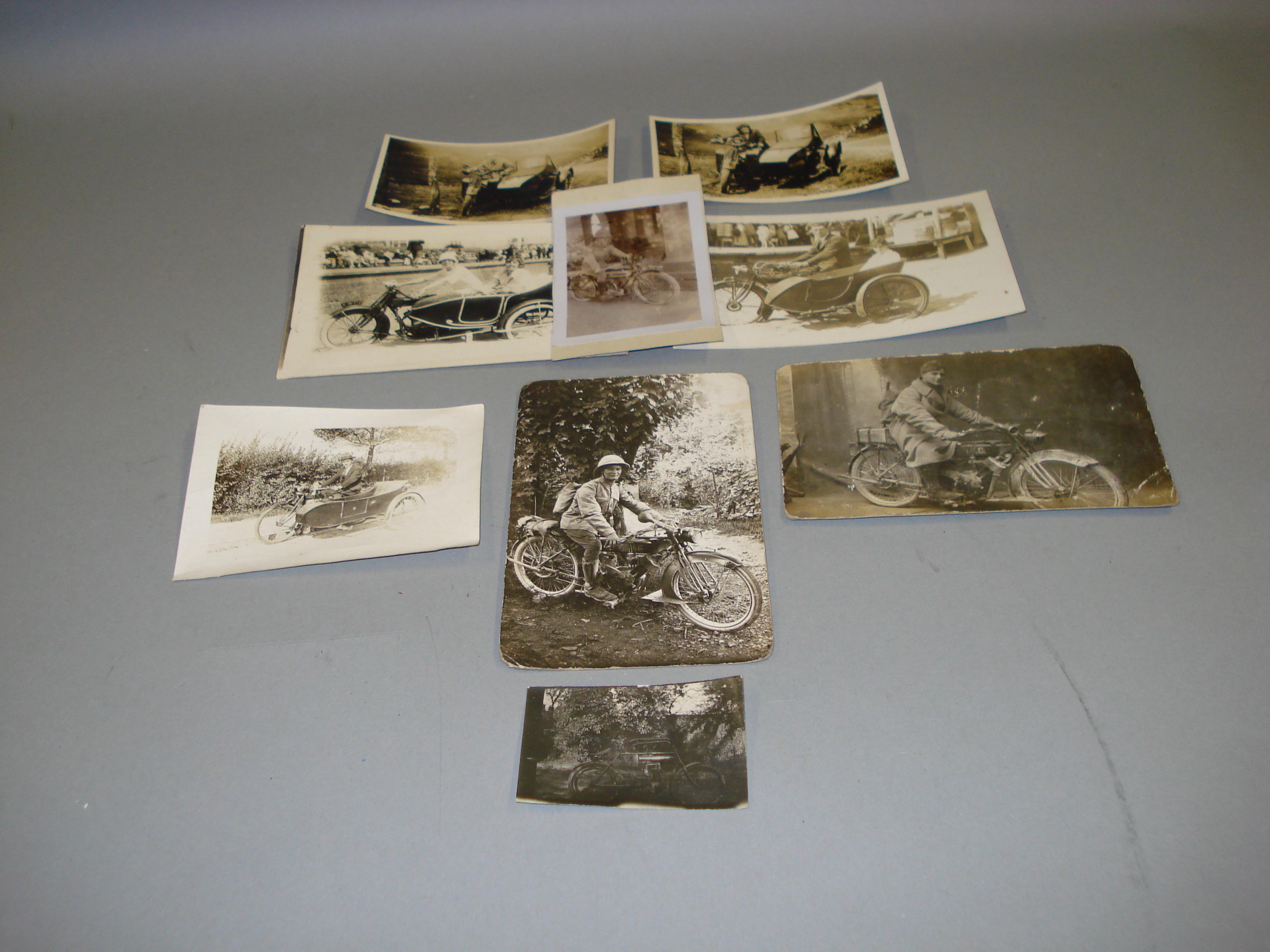
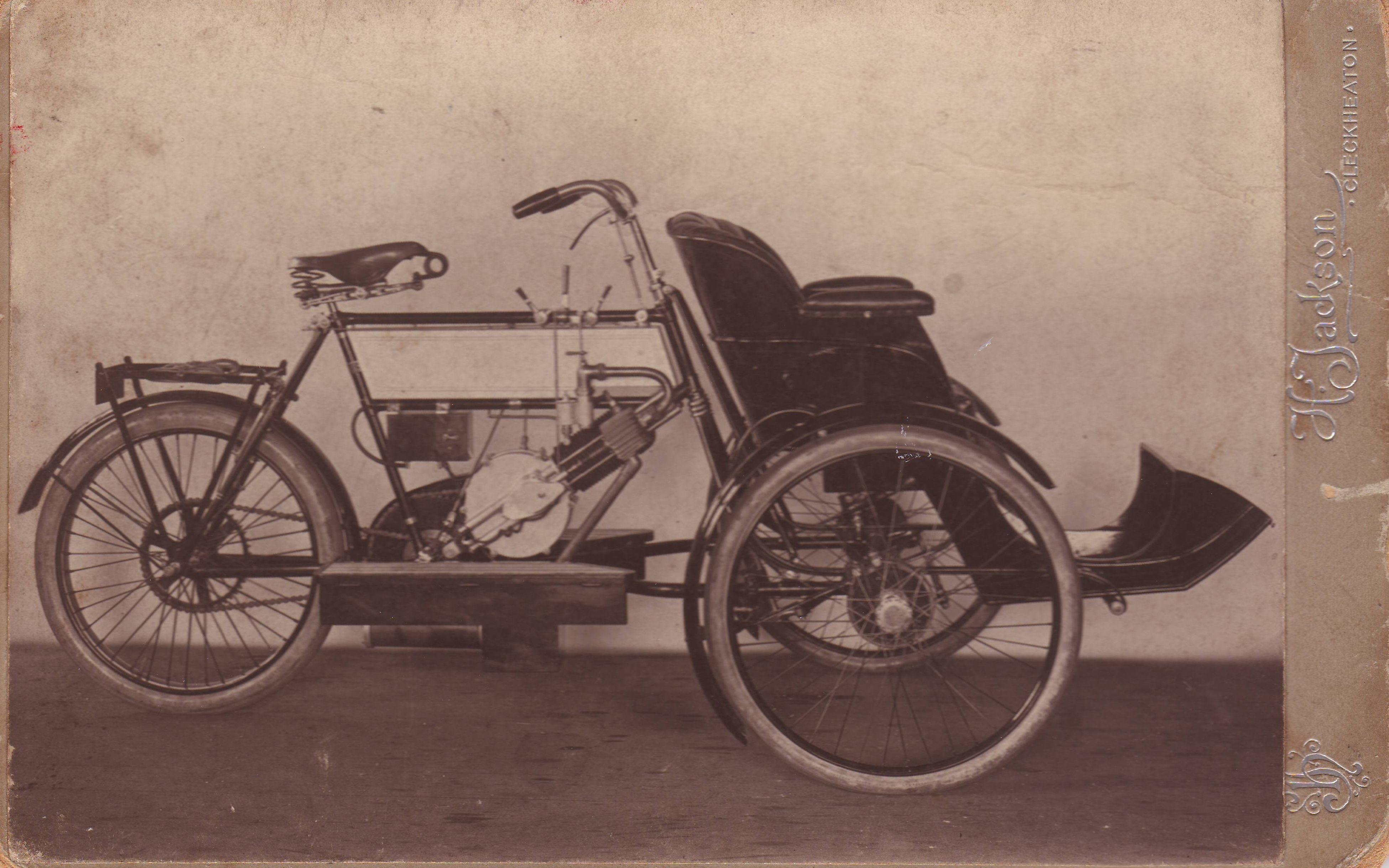
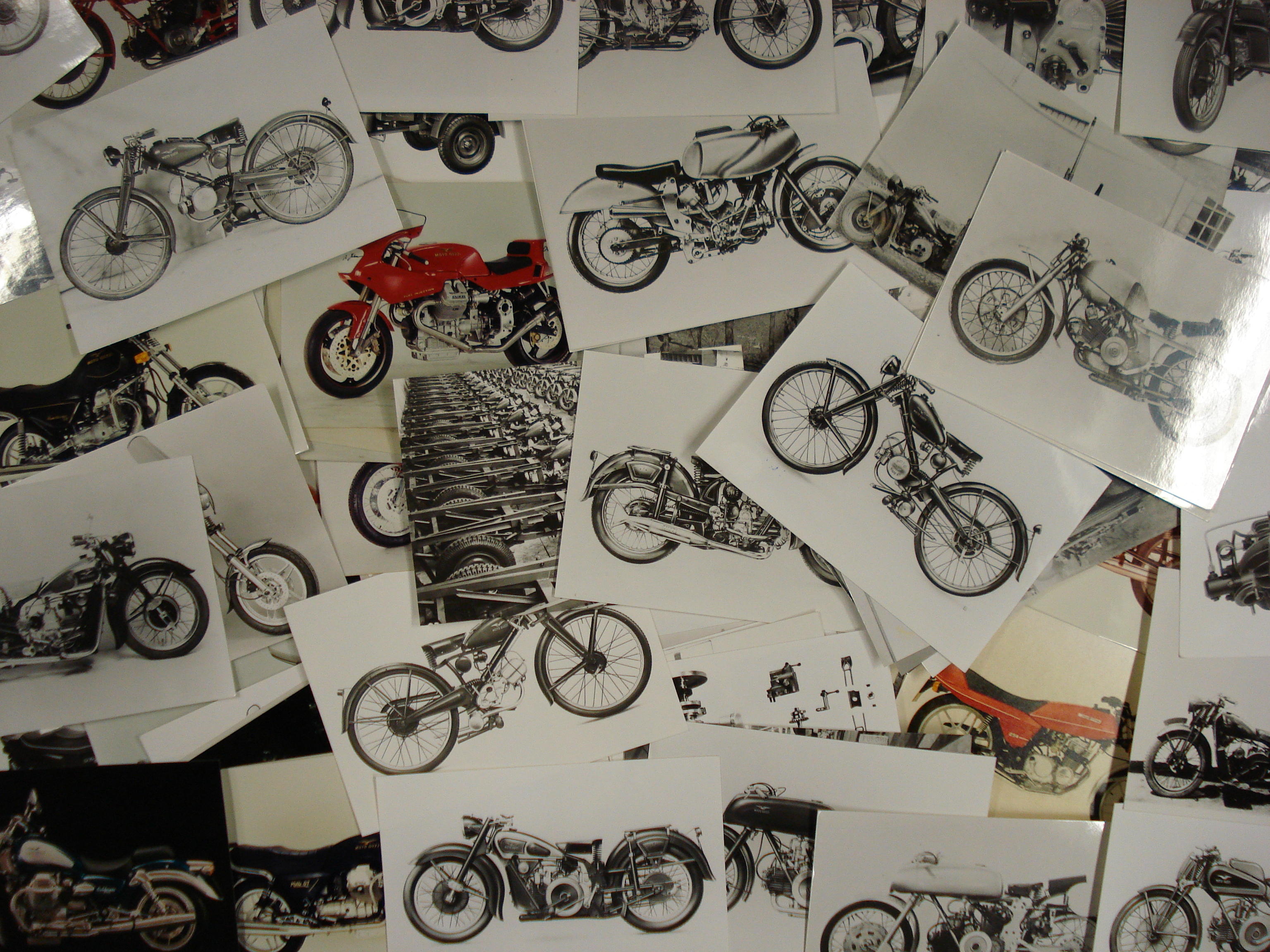
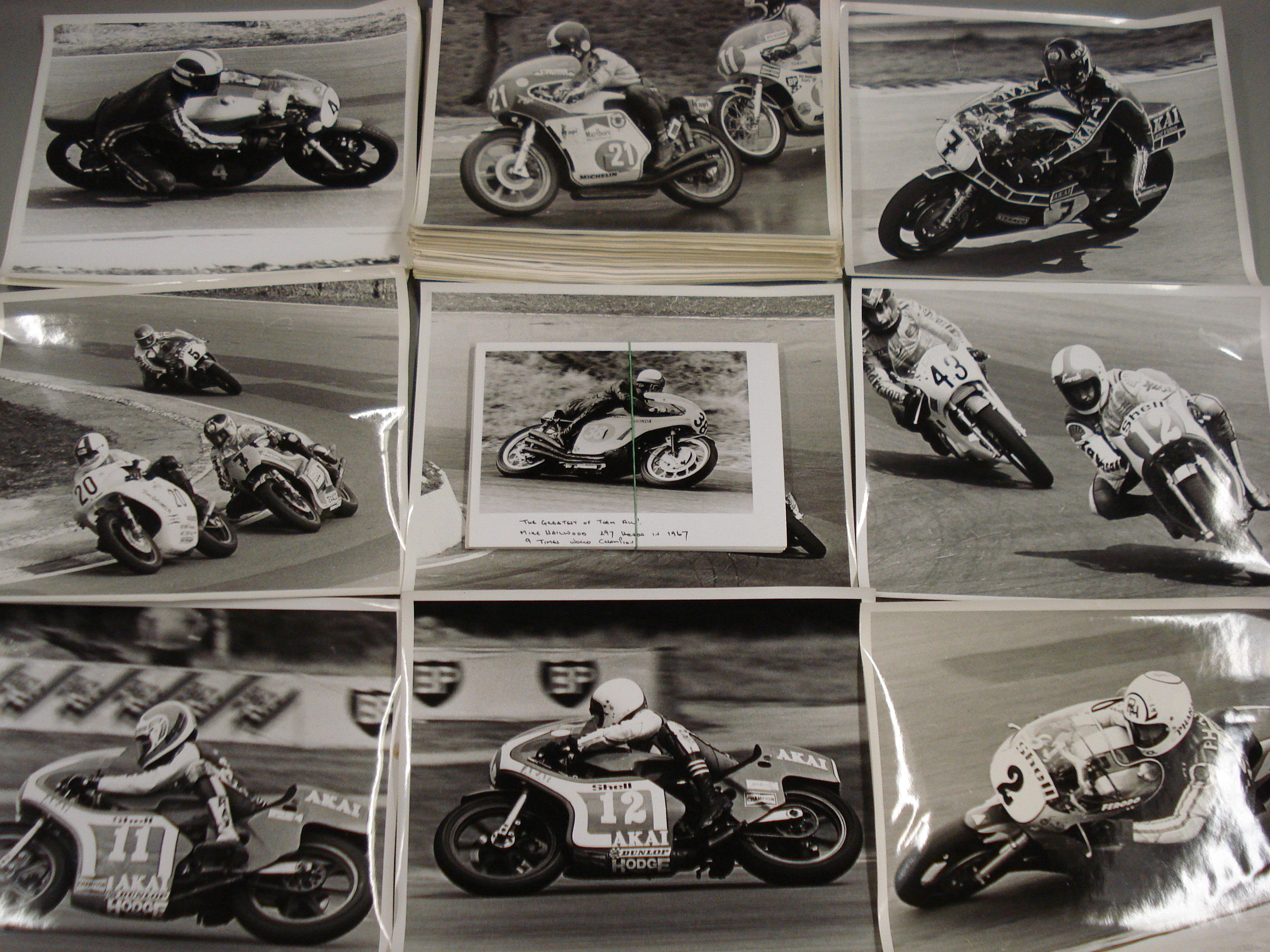
Testen Sie LotSearch und seine Premium-Features 7 Tage - ohne Kosten!
Lassen Sie sich automatisch über neue Objekte in kommenden Auktionen benachrichtigen.
Suchauftrag anlegen